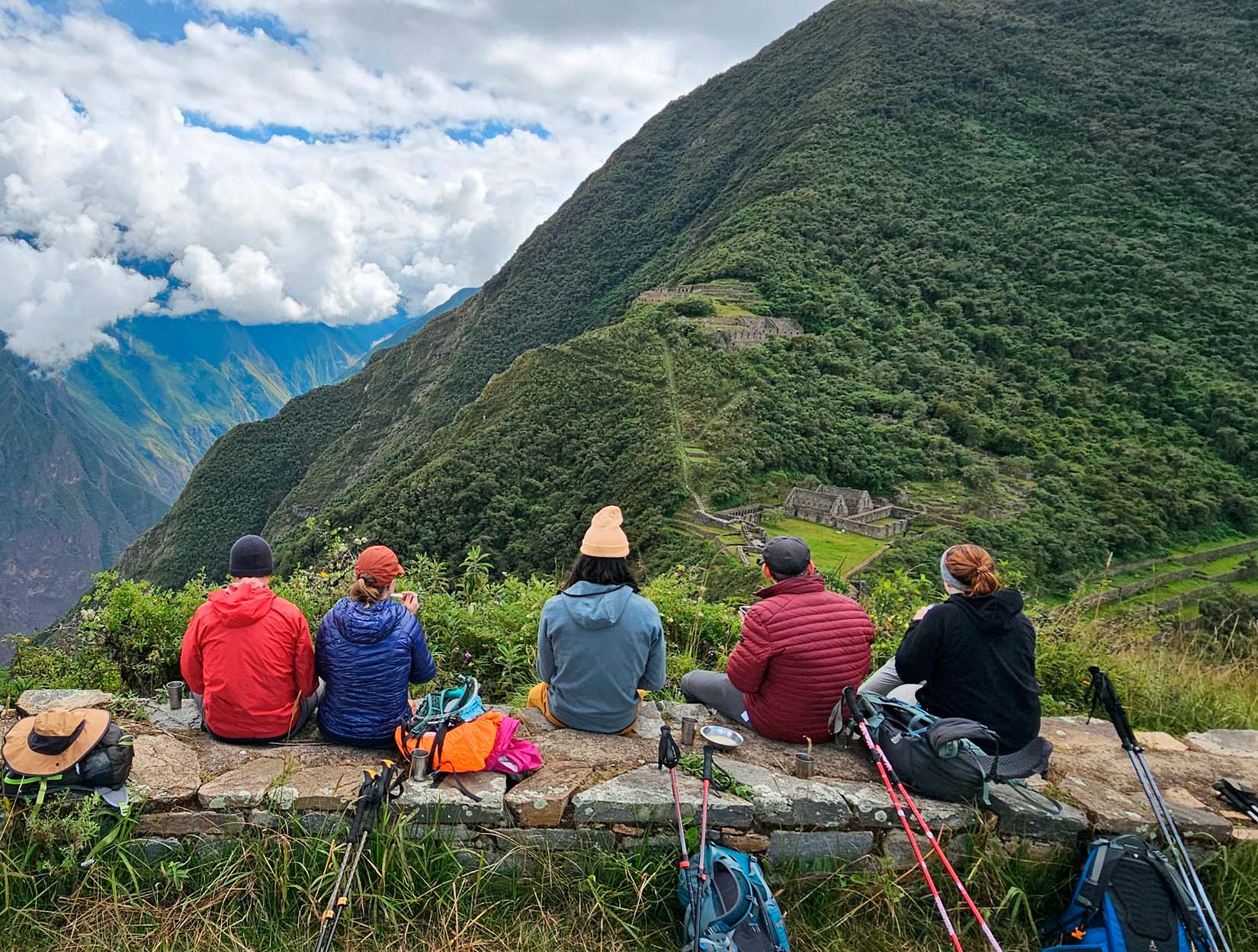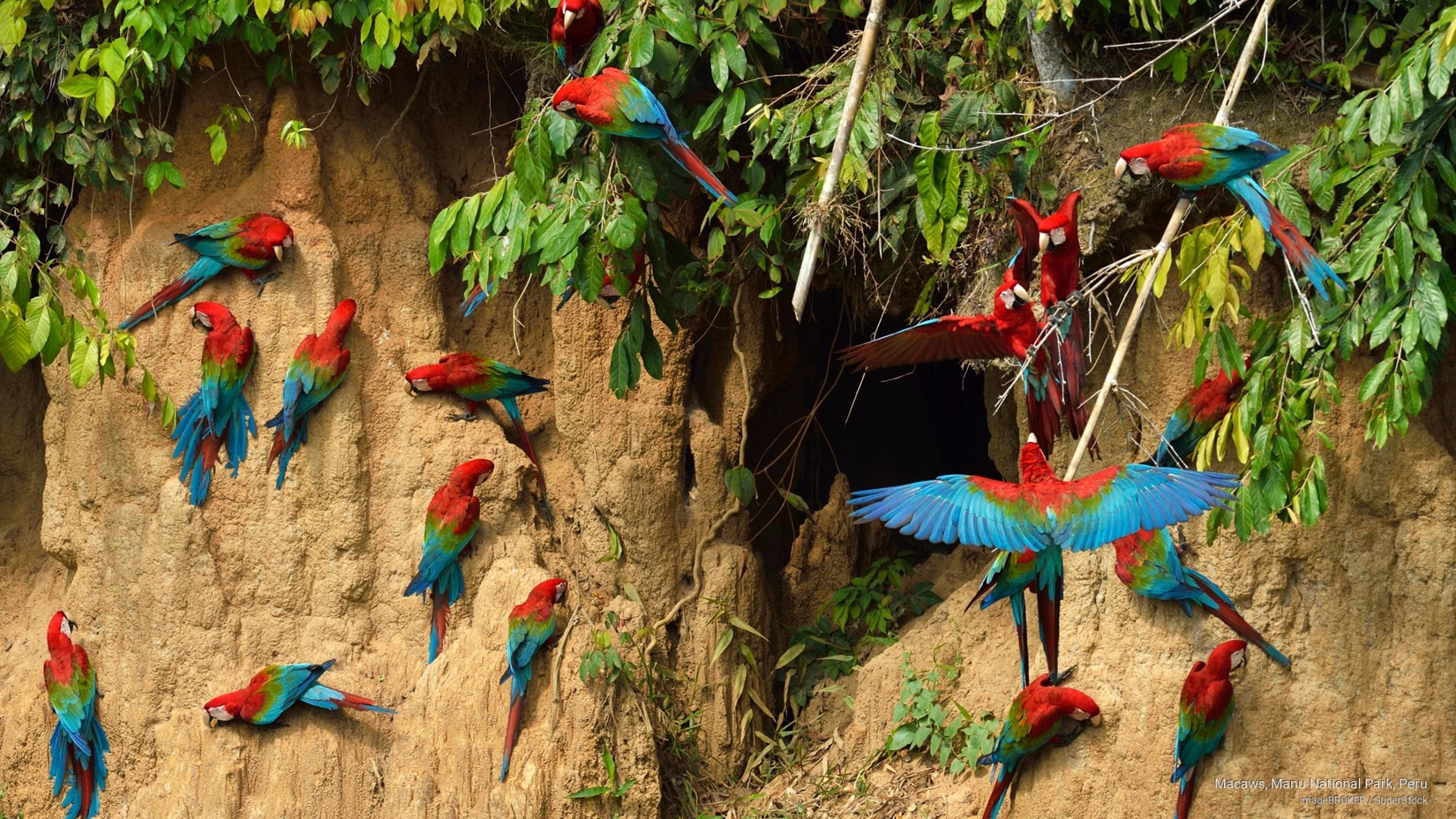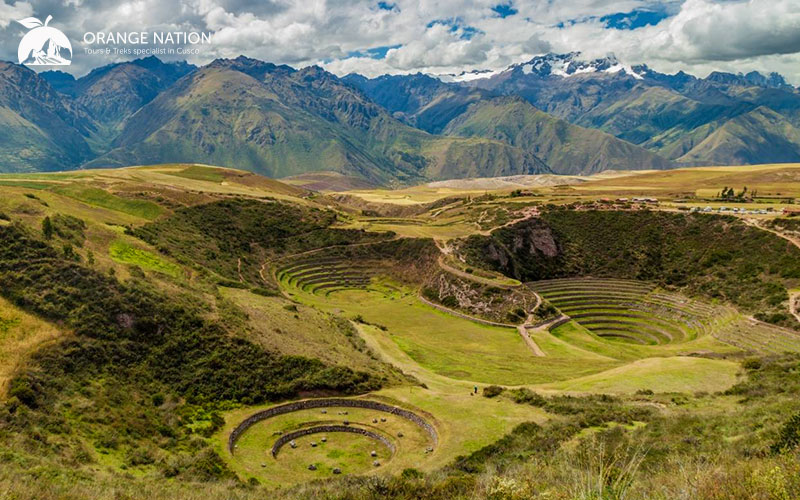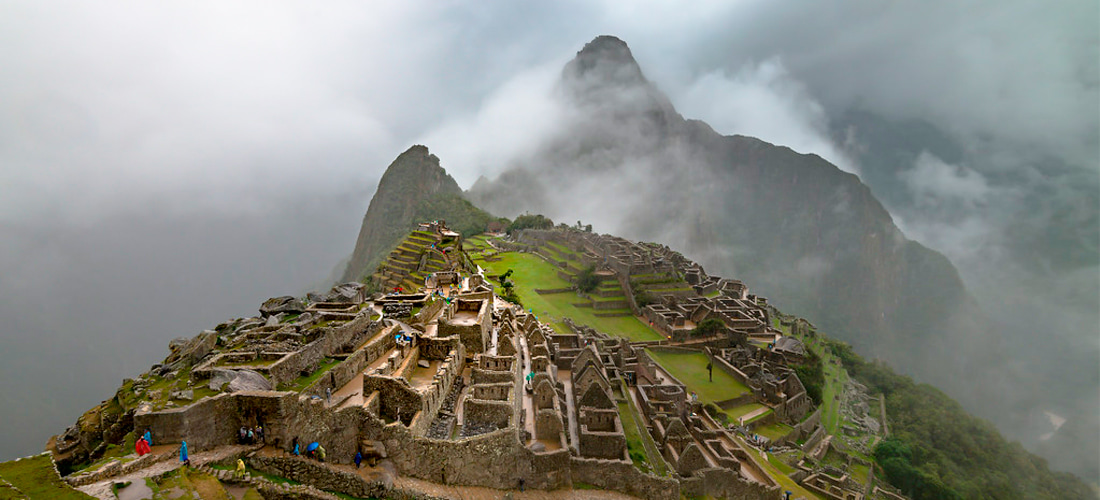
Hello! Click on one of our members below to chat on Whatsapp
The Manu National Reserve, is home to an abundance of unique fauna and flora. Covering over 1.5 million hectors, it has an unrivalled variety of animal and plant species that live in the most biodiverse area on planet earth. It is the most pristine area in the Peruvian Amazon, mostly free from any form of invasive species. Its home to rare species like giant otters, giant armadillos and large predators like the jaguar, puma and harp eagle. It provides refuge for many endangered species, like the river wolf and the spectacled bear. Flowing through the park, is the fully protected Manu River and only select indigenous tribes can use it. This is purely because their way of life does not have any negative impacts on the ecology and they do not deter from the conservation efforts in the area.
The Manu National Park is divided into different zones, each zone having a different level of protection. The National Park primarily deals with visitors interested in ecotourism and controlled scientific research. The rainforest within the reserve is carved by the rivers that flow down from the Andes down into the Amazon basin, branch off and separate into oxbow lakes or lagoons that are the main habitats of wildlife.
Manu National park forms part of the Manu Biosphere. It is further divided into three sections, namely the buffer/cultural zone, core zone and reserved zone. It´s located in the regions of Cusco and Madre de Dios. The elevation level is extremely variable, from around 150m/492ft to over 4 200 m/ 13 780ft above sea level. The national park forms part of the Amazon Jungle in the Southeast part of Peru. Most people access the jungle from the imperial city of Cusco, whereas others prefer the smaller gateway town of Puerto Maldonado.
The Cultural Zone: This is the closest zone to the Cusco region and the most visited. Its located on the banks of the Madre de Dios River. There are a number of communities that have settled here and carry out agriculture, livestock and forestry activities. Together with your licensed guide, you can explore this part of the jungle by foot or boat. It´s also possible to visit an indigenous community that chooses to welcome tourists.
The Reserved Zone: A fully protected zone that allows limited ecotourism. Its located on the lower part of the Manu River. There is a large amount of flora and fauna that you can observe from the rivers and lakes on a boat tour. Research is also permitted, on condition there is minimal disturbance to the ecosystem. The only way to do a tour in this part of the park is by booking with a tour operator that has a special license that permits them to operate in this part of the jungle. The indigenous tribes that are found here also have minimal contact with modern civilization and they prefer to keep it that way.
The Core Zone or Manu National Park: This area is completely out of bounds for tourism. The only visitors that are allowed need special authorization. Such people are limited to anthropologists and biologists interested in research. They can only observe life and the ecological process in the jungle. This area cannot be altered or damaged in anyway. It is one of the most important areas on the planet for observing an undisturbed ecological process.

From Cusco city, you have to travel 280 km by the Cusco Paucartambo highway (12 hours by car approximately) to reach the town of Atalaya. From Atalaya, you embark on a motor boat to the town of Boca Manu (12 hours), to enter again by the Madre de Dios River to the park.
You can also get to Boca Manu by chartering a private plane from the city of Cusco (30 minutes) from there we follow the route described above.
You can also book any of the daily flights from Cusco or Lima to Puerto Maldonado. Direct flights will take around 1hr40 from Lima and 1hr from Cusco. From Puerto Maldonado you can go through the Manu River by boat. We advise arriving with an organized tour package because you cannot purchase tickets as an individual, but only through authorized agencies. Orange Nation can plan a comprehensive trip for you to Manu National Park from Puerto Maldonado or Cusco.
Paurcatambo is a folkloric capital of Peru. It is also renowned for the Tres Cruces.
One of the best viewpoints of the Amazon Jungle is from this town. To get to this natural viewpoint you must depart from the district of Paucartambo to the Control Post Acjanaco of the National Park of Manu, a drive that takes about half an hour by land. Afterwards, another half-hour walk takes you to Tres Cruces where you can enjoy the most beautiful sunrise in the world. The route then continues onwards to the Manu National Park.
Located in the banks of Madre de Dios River and Tambopata River and one of the main commercial centers of the Amazon. The Interoceanic Highway connects the town to the rest of Peru, Bolivia and Brazil. Which makes it one of the safest and more pleasant drives in the country. It´s airport also creates easy and convenient access to the Amazon Jungle. The town is an infinite splash of green and the biodiversity present makes this a stunning little town to visit.
It´s the perfect stopover before heading to the depths of the jungle. From the town you can do a number of day tours on the Sandoval Lake, Macaw clay lick and Monkey Island. There is a variety of accommodation establishments to choose from. The Plaza de Armas is the center of the town´s social scene.
One of the highlights of any visit to Manu National Park is a trip to one of the macaw salt licks where hundreds of the brightly colored birds congregate to obtain salt and minerals necessary to supplement their diet. An unmissable experience for anyone with even a passing interest in ornithology.
Not for the faint of heart, an eerie walk into the jungle after nightfall offers the chance to catch sight of nocturnal animals that are not active during the day. A cast of creatures including insects and amphibians emerge after dark and a night walk is the only way to see them.
Deep in the reserved zone and far from civilization, Lake Sandoval is home to a large number of animal and bird species and a tour of the lake is an excellent opportunity to try to spot some of the more elusive residents of the park. Animals to look out for include monkeys, caiman, capybara and river turtles.
Some of the most important settlements in the Cultural Zone have options to receive tourists. Therefore, one of the best things to do in Manu is to meet the different indigenous peoples that inhabit this area. You will have the opportunity to learn about the traditional lifestyle of the communities. Meet indigenous people and learn about their traditional way of life of the local Yine and Matsiguenka communities.
The look out point of the Tres Cruces (Three Crosses) is located 60 km from Paurcatambo. From the top you can enjoy views of the snow-capped summit of Ausangate and the green foliage of the treetops of Manu. This is a natural phenomenon in which sunlight unfolds and is diffused by the humidity of dawn, turning one rising sun into three. The best time to appreciate this phenomenon is between May and August (dry season) around 06 in the morning.
In the valley, the visitor can partake in some rafting in the Kosñipata River. They have levels 3, 4, and 5 available, to suite most individuals. Biking by both flanks of the river, where you can enjoy the best of the Peruvian rainforest.
The Manu National Park offers peace, nature, and calm to all visitors who want to disconnect from the world. You can spend a night in any of the eco-friendly jungle lodges. This will give you the opportunity to partake in a night jungle walk. You can also wake up to the soothing sounds of the jungle creatures in the early morning. Bungalows and eco-lodges await you when booking with Orange Nation, with all the necessary services and amenities.
To see the jungle from a different perspective, take to the treetops in a canopy walk. In rainforests, much of the action takes place far above the ground, and a canopy walk gives visitors a deeper understanding of life in the trees.
One of the most impressive species you can find in the Manu Park and they can grow to 1.8m in length. They live in family groups and are present in many of the lakes in the area. Visitors have the chance to watch them hunting, eating and playing together in their natural habitat.
The Cock-of-the-Rock is Peru’s national bird and is known for its bright red colour and its ostentatious courting dance. A trip to the Manu cloud forest is an excellent chance to catch sight of these birds and to witness the elaborate dance they perform in an attempt to attract a mate.
Lake Otorongo is another unmissable spot and home to a range of wildlife. The lake features a specially-constructed tower for spotting birds and animals.



Determining the best time to travel to Machu Picchu is a critical aspect of trip planning. Given the distinctive weather patterns of Machu Picchu, it may not be as easy to visit as other places. Despite evaluating the advantages and disadvantages of the dry, rainy, and transitional seasons and scrutinizing the weather forecast hour by […]